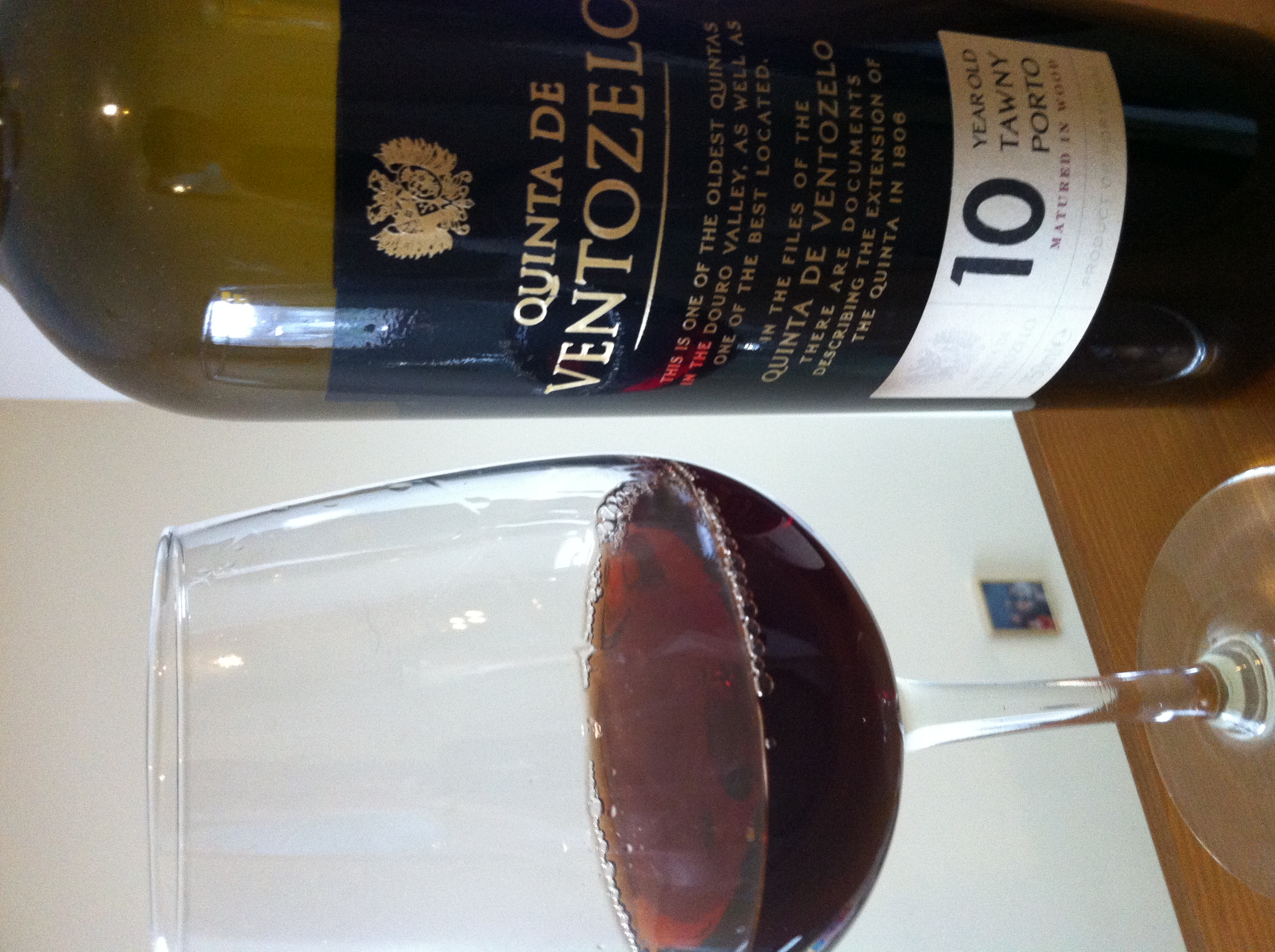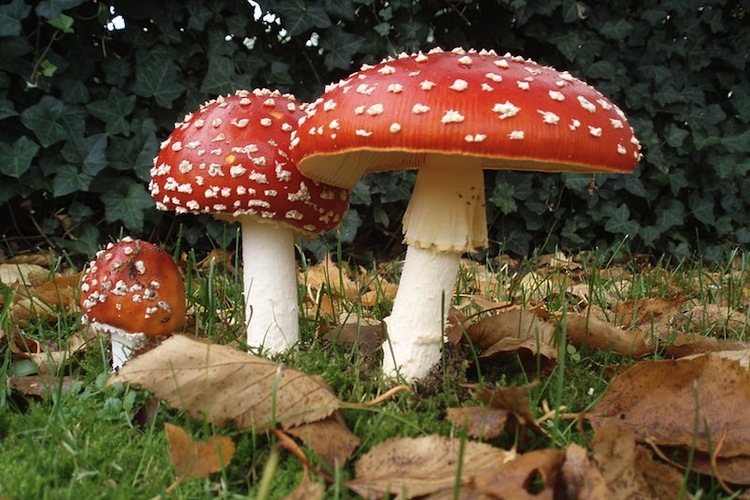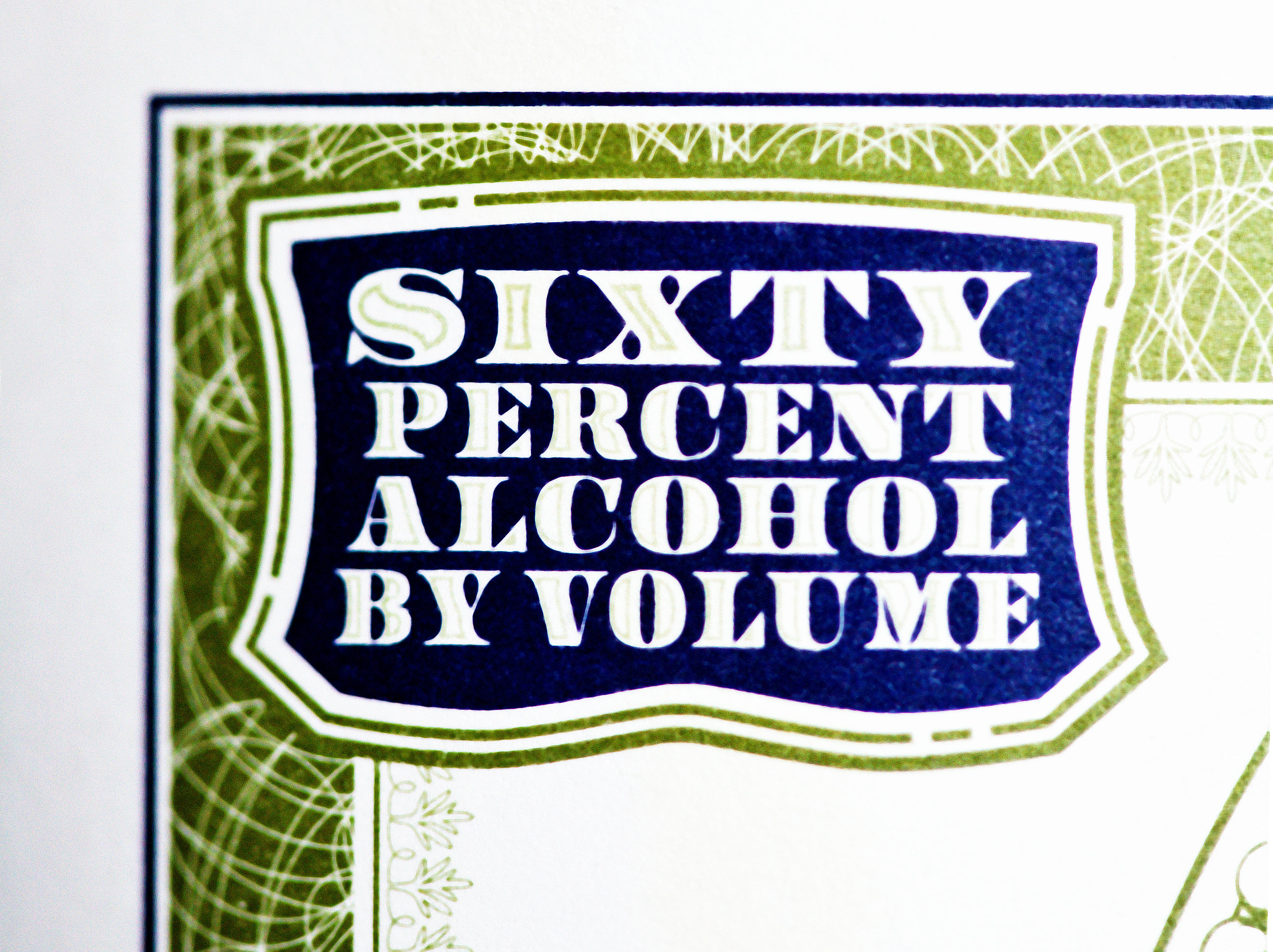|
Fortified Wine
Fortified wine is a wine to which a distilled spirit, usually brandy, has been added. In the course of some centuries, winemakers have developed many different styles of fortified wine, including port, sherry, madeira, Marsala, Commandaria wine, and the aromatised wine vermouth. Production One reason for fortifying wine was to preserve it, since ethanol is also a natural antiseptic. Even though other preservation methods now exist, fortification continues to be used because the process can add distinct flavors to the finished product. Although grape brandy is most commonly added to produce fortified wines, the additional alcohol may also be neutral spirit that has been made from grapes, grain, sugar beets or sugarcane. Regional appellation laws may dictate the types of spirit that are permitted for fortification. For example, in the U.S. only spirits made from the same fruit as the wine may be added. The source of the additional alcohol and the method of its disti ... [...More Info...] [...Related Items...] OR: [Wikipedia] [Google] [Baidu] |
Port Wine
Port wine (, ; ), or simply port, is a Portuguese wine, Portuguese fortified wine produced in the Douro, Douro Valley of Norte, Portugal, northern Portugal. It is typically a sweetness of wine, sweet red wine, often served with dessert wine, dessert, although it also comes in dry, semi-dry, and white varieties. Other port-style fortified wines are produced outside Portugalin Argentina, Australia, Canada, France, India, Italy, South Africa, Spain, and the United Statesbut under the European Union Protected Designation of Origin guidelines, only wines from Portugal are allowed to be labelled "port". Region and production Port is produced from grapes grown and processed in the demarcated Douro region. The wine produced is then fortified by the Mutage, addition of a neutral grape spirit known as aguardente#Portugal, aguardente to stop the Fermentation (wine), fermentation, leaving residual sugar in the wine, and to boost the Alcohol (drug), alcohol content. The fortification sp ... [...More Info...] [...Related Items...] OR: [Wikipedia] [Google] [Baidu] |
Sugarcane
Sugarcane or sugar cane is a species of tall, Perennial plant, perennial grass (in the genus ''Saccharum'', tribe Andropogoneae) that is used for sugar Sugar industry, production. The plants are 2–6 m (6–20 ft) tall with stout, jointed, fibrous stalks that are rich in sucrose, which accumulates in the Plant stem, stalk internodes. Sugarcanes belong to the grass family, Poaceae, an economically important flowering plant family that includes maize, wheat, rice, and sorghum, and many forage crops. It is native to New Guinea. Sugarcane was an ancient crop of the Austronesian people, Austronesian and Indigenous people of New Guinea, Papuan people. The best evidence available today points to the New Guinea area as the site of the original domestication of ''Saccharum officinarum''. It was introduced to Polynesia, Island Melanesia, and Madagascar in prehistoric times via Austronesian sailors. It was also introduced by Austronesian sailors to India and then to Southern China by 500 ... [...More Info...] [...Related Items...] OR: [Wikipedia] [Google] [Baidu] |
Cyprus
Cyprus (), officially the Republic of Cyprus, is an island country in the eastern Mediterranean Sea. Situated in West Asia, its cultural identity and geopolitical orientation are overwhelmingly Southeast European. Cyprus is the List of islands in the Mediterranean, third largest and third most populous island in the Mediterranean, after Sicily and Sardinia. It is located southeast of Greece, south of Turkey, west of Syria and Lebanon, northwest of Israel and Palestine, and north of Egypt. Its capital and largest city is Nicosia. Cyprus hosts the British Overseas Territories, British military bases Akrotiri and Dhekelia, whilst the northeast portion of the island is ''de facto'' governed by the self-declared Northern Cyprus, Turkish Republic of Northern Cyprus, which is separated from the Republic of Cyprus by the United Nations Buffer Zone in Cyprus, United Nations Buffer Zone. Cyprus was first settled by hunter-gatherers around 13,000 years ago, with farming communities em ... [...More Info...] [...Related Items...] OR: [Wikipedia] [Google] [Baidu] |
Noble Rot
Noble rot (; ; ; ) is the beneficial form of a grey fungus, ''Botrytis cinerea'', affecting wine grapes. Infestation by ''Botrytis'' requires warm and humid conditions, typically around 20 degrees Celsius and above 80% humidity. If the weather stays wet, the undesirable form, "bunch rot" or "grey rot", adversely affects winemaking by disrupting fermentation and changing the taste, aroma, and appearance of the final wine Grapes typically become infected with ''cinerea'' when they are ripe. If they are then exposed to drier conditions and become partially raisined, this form of infection is known as noble rot. Grapes picked at a certain point during infestation can produce particularly fine and concentrated sweet wine. Wines produced by this method are known as botrytized wines, and are considered a distinct category of dessert wines. The primary distinction between botrytized wines and other naturally sweet, non-fortified sweet wines, such as late-harvest wines, ice wines, or ... [...More Info...] [...Related Items...] OR: [Wikipedia] [Google] [Baidu] |
Late Harvest Wine
Late harvest wine is wine made from grapes left on the vine longer than usual. ''Late harvest'' is usually an indication of a sweet dessert wine, such as late harvest Riesling. Late harvest grapes are often more similar to raisins, but have been naturally dehydrated while on the vine. Botrytis cinerea, or ''noble rot'', is a mold that causes grapes to lose nearly all of their water content. Wines made from botrytis-affected grapes are generally very sweet. Noble rot Botrytis cinerea is a fungus that affects many wine grapes and causes them to shrivel into moldy raisins. The fungus responds to the humidity and warmth in the climate and attacks the grapes. As the mold penetrates the skin its spores begin to germinate, causing the water inside to evaporate and the grape to dehydrate. With the absence of water, the sugar becomes more concentrated and the botrytis begins to alter the acidity within the grape. Typically botrytis infection begins to take place in late September and ... [...More Info...] [...Related Items...] OR: [Wikipedia] [Google] [Baidu] |
Toxin
A toxin is a naturally occurring poison produced by metabolic activities of living cells or organisms. They occur especially as proteins, often conjugated. The term was first used by organic chemist Ludwig Brieger (1849–1919), derived from '' toxic''. Toxins can be small molecules, peptides, or proteins that are capable of causing disease on contact with or absorption by body tissues interacting with biological macromolecules such as enzymes or cellular receptors. They vary greatly in their toxicity, ranging from usually minor (such as a bee sting) to potentially fatal even at extremely low doses (such as botulinum toxin). Terminology Toxins are often distinguished from other chemical agents strictly based on their biological origin. Less strict understandings embrace naturally occurring inorganic toxins, such as arsenic. Other understandings embrace synthetic analogs of naturally occurring organic poisons as toxins, and may or may not embrace naturally oc ... [...More Info...] [...Related Items...] OR: [Wikipedia] [Google] [Baidu] |
Must
Must is freshly crushed Juice, fruit juice (usually grape juice) that contains the skins, seeds, and stems of the fruit. The solid portion of the must is called pomace and typically makes up 7–23% of the total weight of the must. Making must is the first step in winemaking. Because of its high glucose content, typically between 10 and 15%, must is also used as a sweetener in a variety of cuisines. Unlike commercially sold grape juice, which is Filtration, filtered and Pasteurization, pasteurized, must is thick with Suspension (chemistry), particulate matter, Opacity, opaque, and comes in various shades of brown and purple. The name comes from the Latin ''vinum mustum''; . Winemaking The length of time the pomace stays in the juice is critical for the final character of the wine. When the winemaker judges the time to be right, the juice is drained off the pomace, which is then pressed to extract the juice retained by the matrix. Yeast in winemaking, Yeast is added to the juice ... [...More Info...] [...Related Items...] OR: [Wikipedia] [Google] [Baidu] |
Ethanol Fermentation
Ethanol fermentation, also called alcoholic fermentation, is a biological process which converts sugars such as glucose, fructose, and sucrose into cellular energy, producing ethanol and carbon dioxide as by-products. Because yeasts perform this conversion in the absence of oxygen, alcoholic fermentation is considered an anaerobic process. It also takes place in some species of fish (including goldfish and carp) where (along with lactic acid fermentation) it provides energy when oxygen is scarce. Ethanol fermentation is the basis for alcoholic beverages, ethanol fuel and bread dough rising. Biochemical process of fermentation of sucrose The chemical equations below summarize the fermentation of sucrose (C12H22O11) into ethanol (C2H5OH). Alcoholic fermentation converts one mole of glucose into two moles of ethanol and two moles of carbon dioxide, producing two moles of ATP in the process. :C6H12O6 + 2 ADP + 2 Pi → 2 C2H5OH + 2 CO2 + 2 ATP Sucrose is a sugar composed of ... [...More Info...] [...Related Items...] OR: [Wikipedia] [Google] [Baidu] |
Alcohol By Volume
Alcohol by volume (abbreviated as alc/vol or ABV) is a common measure of the amount of Alcohol (drug), alcohol contained in a given alcoholic beverage. It is defined as the volume the ethanol in the liquid would take if separated from the rest of the solution, divided by the volume of the solution, both at . Pure ethanol is lighter than water, with a density of . The alc/vol standard is used worldwide. The International Organization of Legal Metrology has ethanol (data page)#Properties of aqueous ethanol solutions, tables of density of water–ethanol mixtures at different concentrations and temperatures. In some countries, e.g. France, alcohol by volume is often referred to as degrees Gay-Lussac (after the French chemist Joseph Louis Gay-Lussac), although there is a slight difference since the Gay-Lussac convention uses the International Standard Atmosphere value for temperature, . Volume change Mixing two solutions of alcohol of different strengths usually causes a change in ... [...More Info...] [...Related Items...] OR: [Wikipedia] [Google] [Baidu] |
Residual Sugar
The subjective sweetness of a wine is determined by the interaction of several factors, including the amount of sugar in the wine, but also the relative levels of alcohol, acids, and tannins. Sugars and alcohol enhance a wine's sweetness, while acids cause sourness and bitter tannins cause bitterness. These principles are outlined in the 1987 work by Émile Peynaud, ''The Taste of Wine''. History ''Vintage: The Story of Wine'', a book authored by British wine writer Hugh Johnson, presents several methods that have been used throughout history to sweeten wine. The most common way was to harvest the grapes as late as possible. This method was advocated by Virgil and Martial in Roman times. In contrast, the ancient Greeks would harvest the grapes early, to preserve some of their acidity, and then leave them in the sun for a few days to allow them to shrivel and concentrate the sugar. In Crete, a similar effect was achieved by twisting the stalks of the grape to deprive them o ... [...More Info...] [...Related Items...] OR: [Wikipedia] [Google] [Baidu] |
Yeast (wine)
The role of yeast in winemaking is the most important element that distinguishes wine from fruit juice. In the absence of oxygen, yeast converts the sugars of the fruit into alcohol and carbon dioxide through the process of fermentation.Jeff Cox ''"From Vines to Wines: The Complete Guide to Growing Grapes and Making Your Own Wine"'' pp. 133–36 Storey Publishing 1999 The more sugars in the grapes, the higher the potential alcohol level of the wine if the yeast are allowed to carry out fermentation to dryness.D. Bird ''"Understanding Wine Technology"'' pp. 67–73 DBQA Publishing 2005 Sometimes winemakers will stop fermentation early in order to leave some residual sugars and sweetness in the wine such as with dessert wines. This can be achieved by dropping fermentation temperatures to the point where the yeast are inactive, sterile filtering the wine to remove the yeast or fortification with brandy or neutral spirits to kill off the yeast cells. If fermentation is unintent ... [...More Info...] [...Related Items...] OR: [Wikipedia] [Google] [Baidu] |
Fermentation (wine)
The process of fermentation in winemaking turns grape juice into an alcoholic beverage. During fermentation, yeasts transform sugars present in the juice into ethanol and carbon dioxide (as a by-product). In winemaking, the temperature and speed of fermentation are important considerations as well as the levels of oxygen present in the must at the start of the fermentation. The risk of stuck fermentation and the development of several wine faults can also occur during this stage, which can last anywhere from 5 to 14 days for ''primary fermentation'' and potentially another 5 to 10 days for a '' secondary fermentation''. Fermentation may be done in stainless steel tanks, which is common with many white wines like Riesling, in an open wooden vat, inside a wine barrel and inside the wine bottle itself as in the production of many sparkling wines. History The natural occurrence of fermentation means it was probably first observed long ago by humans.H. Johnson: ''Vintage: The St ... [...More Info...] [...Related Items...] OR: [Wikipedia] [Google] [Baidu] |








